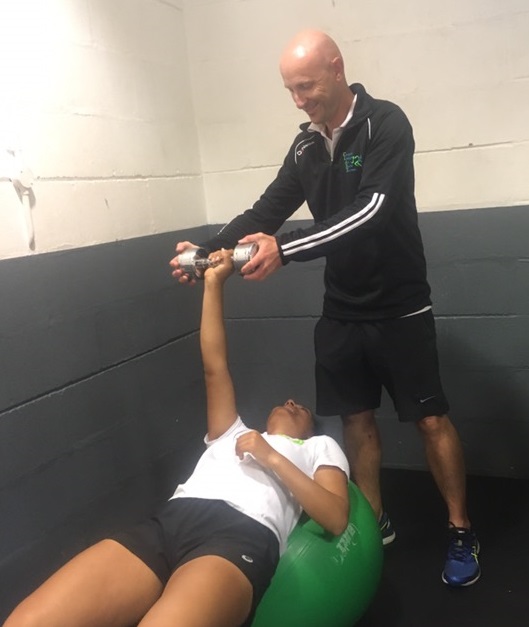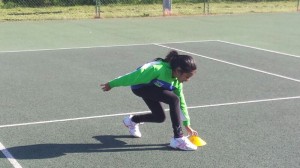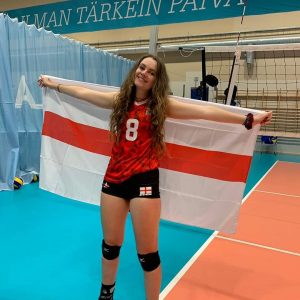
Coaching the Young Athlete
I have been fortunate over the years to have the opportunity of working with many young athletes in a variety of sports. Some of these athletes starting out on their sporting journeys, others more established. As a strength and conditioning coach, I view my role in their journey as not only a coach but as an educator for their long-term future in sport so that they can reach their potential.
Depending on where they end up going to be educated or whatever they do, for example University in America, my aim is to give them the training and the tools to get them in the best shape physically and with good knowledge of physical literacy as well as good training habits.
Due to their age, if I am working with someone at College and they go off to University they will not be the finished article. The training that they do at 18 will differ from the training they did at 12. There may be some elements the same but the muscle memory, good habits and attitude to training can start at 12 to ensure that when they are 18, they reach their potential.
I always feel it’s important to explain why we are doing what we are doing to give an understanding on how it relates to their development and their sport. Not necessarily all the science behind it but just the basic concepts which then helps them engage.
One big factor is making it fun and enjoyable – particularly for the younger athlete. Rather than viewing strength and conditioning as punishment helping them view it as something that helps them achieve their best.
My top 5 aims with a young athlete:
Warm up-The importance of a warm up and making that warm up relevant for the activity. Specific movement mechanics (See below for more) can be developed in the warm up (such as running technique) that will minimise injury in the future as well as develop speed.
Movement Mechanics-In addition to the dynamic drills that are used to warm up they also help develop movement technique, and look at other aspects. For example, good jump technique; this could have a direct result in a sports person, such as basketball or volleyball, but also in developing fast twitch fibres and muscle reaction to increase agility. One of the biggest differences between the good young athletes and the really good is agility.
Linked in with this is lifting technique in a gym environment. For young athletes this could be just using a broom handle but the muscles memory developed will translate long term when they progress to using weights.
Warm Down-An often neglected area whatever the age of an athlete but important in injury prevention and for many to develop flexibility. A good warm down can make the difference between a good session next time or a wasted session due to the lack of ending the previous session appropriately.
Training Session Structure-Training the right muscles in the right way is crucial in getting the most out of a session, as well as making it time efficient for busy young athletes. For example, compound movements such as squats before isolating muscle groups.
Good Habits-Athletes that I have coached and those I currently, coach will tell you that there are some basics that I nag about. Undoing laces when you taking trainers off so that you ensure you have to do them up the next time you need them, and bringing a drink. Hydration has a huge impact on sporting performance, not just from an endurance perspective but also reactions, and aiding recovery.



